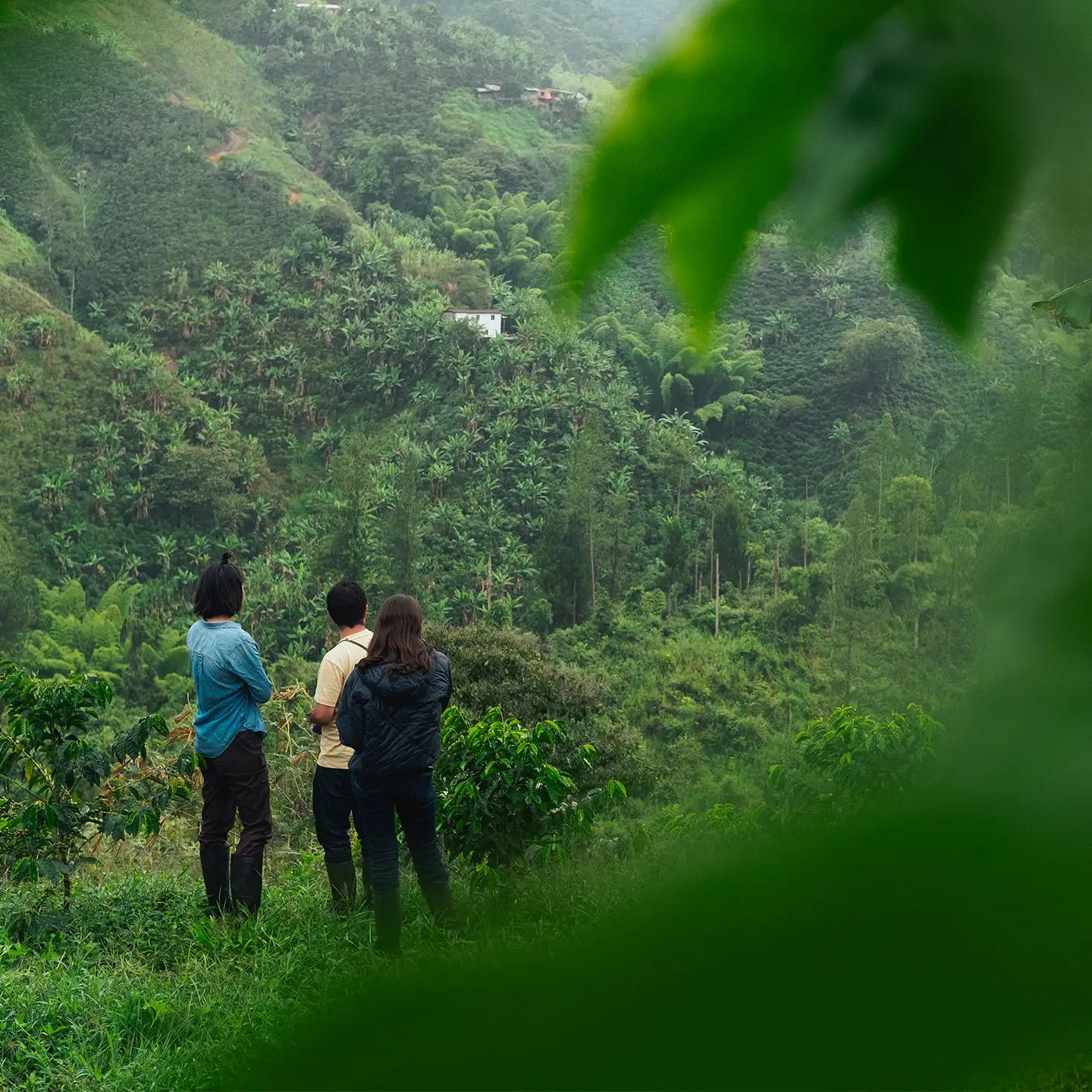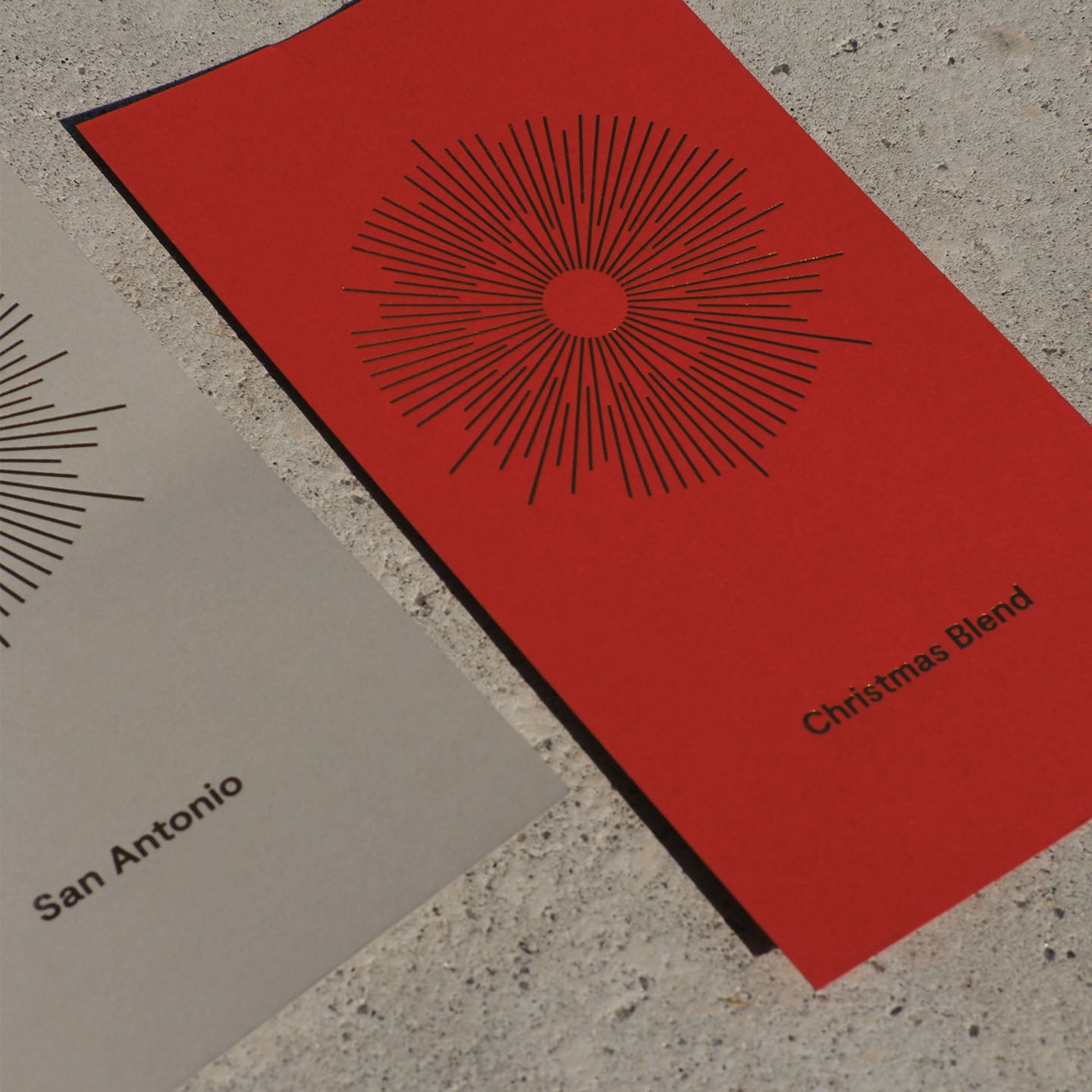


No matter where you are in the world when tasting coffee you speak the same language. We score coffee using a language of numbers and notes. Round, clean, 86’s, 78’s - from the most remote lab in east Africa to downtown London we speak the same language. Sixteen of us standing around coffee samples in a small room ten floors up in a borrowed coffee lab in a suburb of Ethiopia’s capital Addis Ababa. We were from all over the world Taiwan, Munich, the U.S and myself a mongrel mix of Toronto and Cornwall. We all came to sip out of the bowls that littered the room from the cupping table to the shelf under the cupboard, dozens of bowls surround us and there’s a palpable amount of excitement to taste the fruit of all the incredible places we’ve been.
The room goes quiet as the timer hits four minutes. It’s time to put our noses close to the brewing coffee and break the crust. Submerging our soup like spoons into the brewing bowls we push back and forth three times and release the aromatics of the coffee. Taking quiet notes we don’t want to talk, we don’t want to bias, to break concentration. What we experience here will not be the final decider on if we buy these coffees but it will inspire action, it will create prejudices, it will shape how we look at these coffees. This cupping is the first step in a chain of cuppings that lead to us deciding which coffees we want to share with our partners in cafes and kitchens all around the UK.
The coffee cools over the next six minutes. We wait for the ten minute mark to pass before we start tasting, we don’t want to go and burn our tongues. The room explodes with the sound of slurping. The slurp is a hallmark of coffee tasting. Slurping to spread the brew all over your palate so you can experience every complexity, every nuance. As a taster when the coffee first hits your tongue it’s like a million baseballs of different sizes being thrown at you. You catch the biggest things first. Cherry, lemon, turpentine, grass, sour, whatever is the biggest will break its way from your tongue straight to the centre of your mind. Next you focus more, catching the little things, the notes that shape the cup, the negatives, the positives or the lack of either. You spit the coffee out into a cup, hoping you won’t for the millionth time drip some down your chin and on to the clean white shirt you thought to wear today of all days. When the coffee leaves your mouth you experience “the finish.” This is how the coffee sits on your palette once you have finished it. Is it dry, is there no flavour, is there a lot, is that good or bad, what’s it like? After this first introduction you go back for a second, a third, a dozen more, you taste it till you feel like you have everything you need till you’ve had the coffee hot till it has cooled. As you taste it over its brewed life you judge its acidity, its sweetness, its body, its flavour, its clarity. You judge it all.
People shuffle around the room waiting for their turn on each coffee. As we do more and more laps of the room, tasting them again and again the volume of the room increases, first we communicate with faces, with our eyes we say we love or hate something, we slowly move to words. In a room of dozens of coffees none of them have any indicator of what they are other than a number. The room starts guessing. “Nah man this is Bokasso.” “No mate, Chelelectu.” The room grows louder.
Soon someone takes charge and asks all our favourites and our least. We’re all a little quiet, we either don’t want to reveal our favourites to competitors or we’re intimidated to take the side of a coffee in a room full of pros. We slowly begin to share what we think. Everything is caveated with the fact that this coffee is very fresh, it needs resting, it needs to sit and age, for the flavours to develop, the true notes to come out. Some coffee needs this more than others. There are complex coffees of floral and citrus, of berry and currants but there are others that you are looking for indicators from. How’s the body, the sweetness and very importantly the acidity? These general ideas will point you in the direction to a great coffee.
After cupping we sit down for lunch. We talk a lot about what we can do as buyers, importers and exporters. What we can do for the farmer. This question is the most recurring question of the whole trip. We sit at a middle point between the farmers and the consumer. We are trying to serve both. Ensure the quality for our consumer, ensure that we can pay our farmers so they can have not just a living wage but a wage that will allow them to prosper. It’s funny, both those challenges, they speak to this grand idea in speciality coffee. This idea that if we produce better coffee, higher quality coffee we enrich both ends of the chain. We can give the drinkers an incredible experience, better tasting coffee with an incredibly diverse range of flavour. On the other end, to our producers we can promise a way out of poverty, a way to offer trade instead of just aid and help invest in communities through investing in the labours of its people.


















